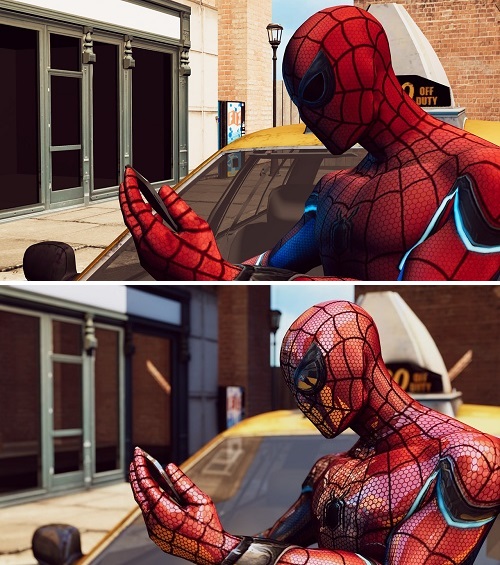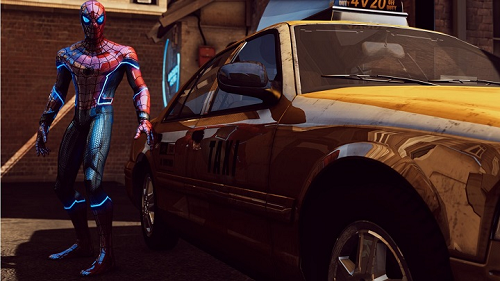Platform independent and AR friendly

Ever since Arthur Appel proposed the core technology for ray tracing in his 1968 paper, realtime ray tracing has been the ultimate goal for computer graphics. The Ballistics Research Lab (BRL) demonstrated ray tracing for ballistics research using technology developed by the Mathematical Applications Group, Inc. (MAGI) in 1979. Turner Whitted showed how to speed up the calculations in 1980, and more recently Nvidia showed how to speed up de-noising with AI. Each step over the years, combined with steady improvements in processor performance, thanks to Moore’s Law, got us to realtime ray tracing on a PC in 2018 when Nvidia introduced their GTX2080.
During Nvidia’s big announcement at Siggraph in Vancouver last year, little Israel-based Adshir was also showing realtime ray tracing on mobile devices in a hotel room a few blocks away.
One year later and the company is back in a hotel room near the big tent of Siggraph. This time with deep pocket strategic investors, 400% more staff, and a set of demos that are astounding. Realtime, 4K ray tracing on a powerful laptop, realtime, 60 fps ray tracing on a battery-powered device, and realtime 45–60 fps ray tracing on mobile device doing realtime AR.
Adshir says they’re able to accomplish their breakthrough because their approach turns the whole laborious tree-intersection branching process upside-down—literally. The net result is they don’t have to do the rebuilding, branching, and testing and therefore can produce an image without requiring a denoising stage. They say they can support ray traced skin animation with no penalty for almost any number of skinned parts and can run in realtime using a conventional raster graphics pipeline.
Adshir says their technology runs on unified memory APUs, integrated graphics, and SoCs found in smartphones, and low-cost PCs—no discrete GPU needed. Adshir has broken the memory bandwidth barrier with its technology and is democratizing ray tracing.
The company is showing demos built on Unity and running on Android, and Windows, and working on porting it to iOS, and Linux.
Adshir’s scheme is hybrid based meaning they are usually not doing full-scene ray tracing. However, they have pulled off full-scene renderings in some applications including architecture.
Siggraph 2018 was Adshir’s quiet coming out party. Siggraph 2019 is their real celebration of accomplishment with customers, new investors, and amazing demos. If you’re interested in ray tracing, this is a must-see.






